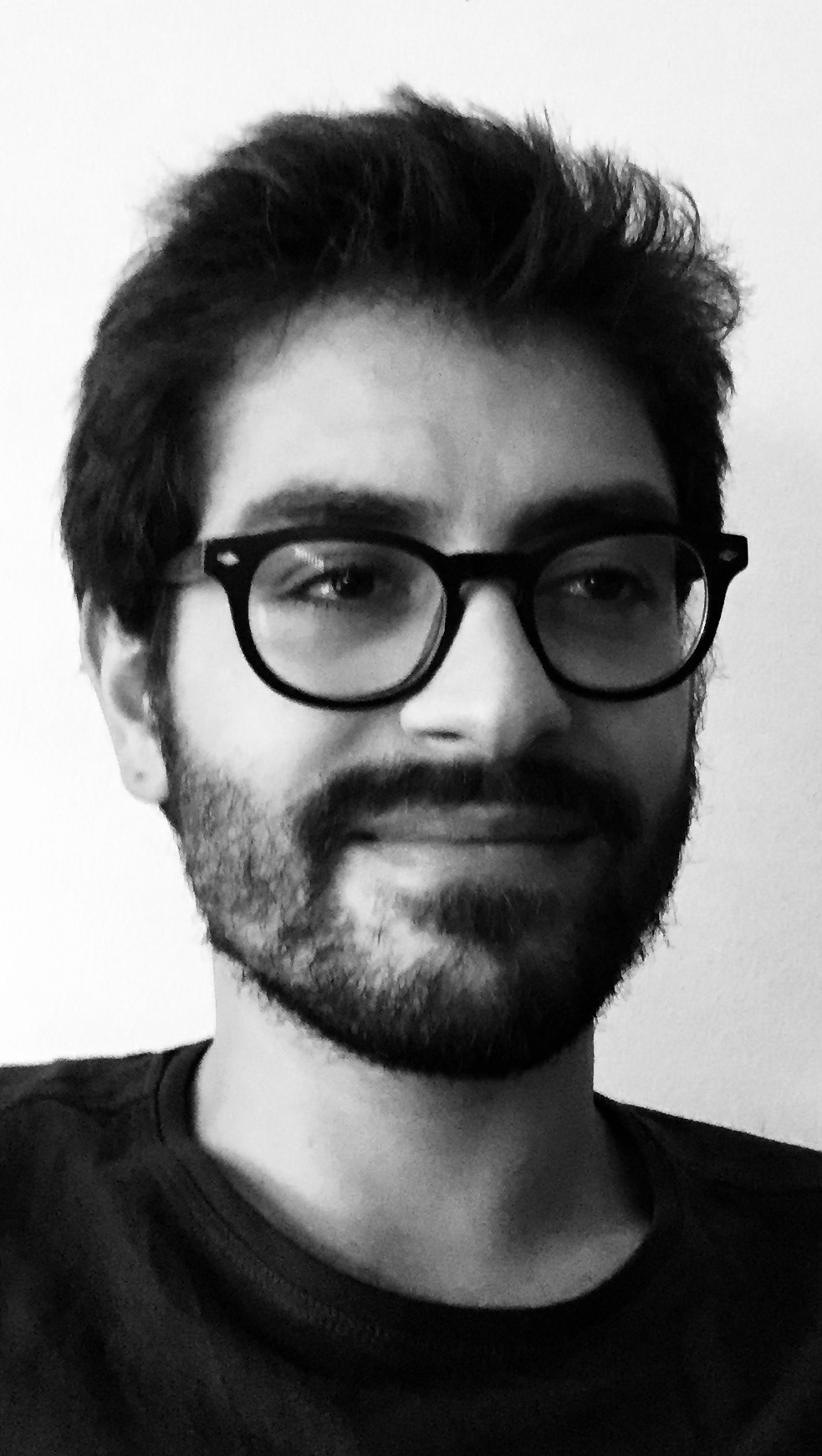Silences is a film that is structured from the negative space, working with images and sounds in a deep exploration of the subjectivity of perception. How did this relationship with the captured materials evolve?
The materials began by being identified. There was a first acknowledgment that different types of silence inhabited that place. I realized that silence was not the mere absence of sound, that those silences concentrated energies, resonances, high value stories. Normally, these silences are muffled by human noise, but there they were in a purer state. Having identified the silences, I looked up for the sounds that inhabited them. Image emerges as a response to these perceived sounds. The editing too, the work of Sara Morais and Matilde Meireles in the sound design, as well as the music by João Ana. The different elements helped to materialize this sensorial experience.
Along the film, we find references to different ways of transmitting information and knowledge, such as writing or telecommunications. Despite that, we feel that something unsaid remains. Something that is not mentioned, that is not talked about, that is not discussed. How was this confrontation constructed in the film?
The question of language was considered in the different stages of the film. More than writing off language, silence is a place that precedes it. When language emerges, it is already the result of a silence that put ir together. Working on the issue of silence has always been a priority, as far as language is concerned. To recreate this place before the word, through sounds and images.
In the film there are some traces of language, oral and written. In chants, in prayers, in sermons. These elements were worked to not only reflect their immediate meaning, so that they would present us with other hidden characteristics, such as the intonation, the melody, the question instead of the answer, the entropy of language as a void. It was important to create conditions to think about the “unthought”, as Eduardo Lourenço calls it. To Think about a past, a present, allowing this place of reflection.
Your first film, Casa Velha, was filmed in Mozambique. Silêncios is the second, and uses materials collected in Angola. How does this territory relate to your path as a director?
I try to follow a path as close as possible to an idea of origin. Whether in relationships, motivations, in the way certain people, communities or institutions live. These first two films are part of a journey that involved traveling and inhabiting different places for a considerable time. The films were happening, I didn’t plan them. They were born in this place precisely because of this proximity to less artificial realities, more genuine to a certain extent.
For example, the possibility of following a church being built, in such a way, with all that it represents. It’s not just the differences that arouse my curiosity, but above all the points of contact, the repetition. The similarities allow me to approach a basis, a common origin. These territories may allow for greater openness and transparency to make themselves known.


